#meadowlark prairie
Text

Beauty in the Ordinary 424
#beauty in the ordinary#photographers on tumblr#original photographers#weeds#not dandelion#seed head#wetlands#meadowlark prairie#photography#close up#detail#His hand
76 notes
·
View notes
Text
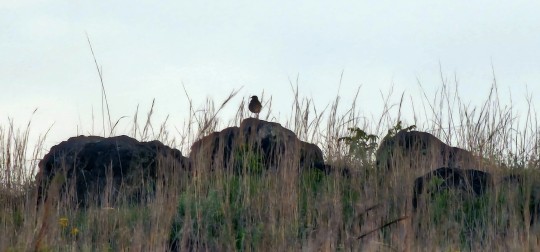
Source Me laf@ilyF ❤️
#original photographers#colors#artists on tumblr#oklahoma#my photos#my escape#my photgraphy#nature#photographers on tumblr#prairie grass#bird silhouette#meadowlark#wichita mountains
3 notes
·
View notes
Text
The Beautiful Eastern Meadowlark is a Great Sign of Spring
Morning Song
A couple of weeks ago, while on my way to work, I spotted this gorgeous male eastern meadowlark (Sturnella magna) singing from the top of a fence post. In northern climates singing meadowlarks are said to be a sign that spring is on its way. And although spring has been in full swing for a few weeks down here in the south, I still think this singing meadowlark is a great sign. The…
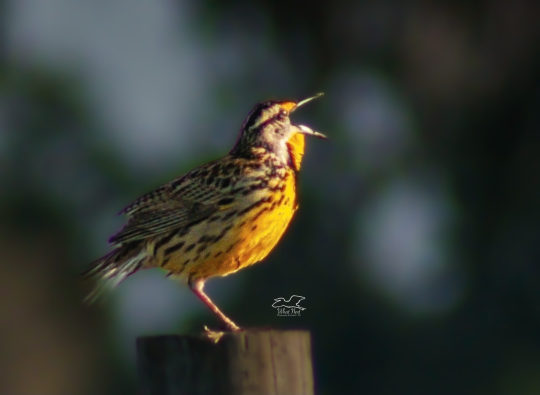
View On WordPress
#beautiful birds#beautiful meadowlarks#bird photographs#bird photography#birds#colorful birds#Eastern meadowlarks#Florida meadowlarks#meadowlark photographs#meadowlarks#prairie birds#singing meadowlarks#spring birds#yellow birds
1 note
·
View note
Text
Balancing Meadowlark...
Source Me laf@ilyF ❤️
#original photographers#photographers on tumblr#my photos#colors#oklahoma#colorful#landscape#Meadowlark#bird#nature#Prairie's#plains#rocks#wildlife photography#wildflowers#my video
0 notes
Text
8 March 2024 - Friday Field Notes

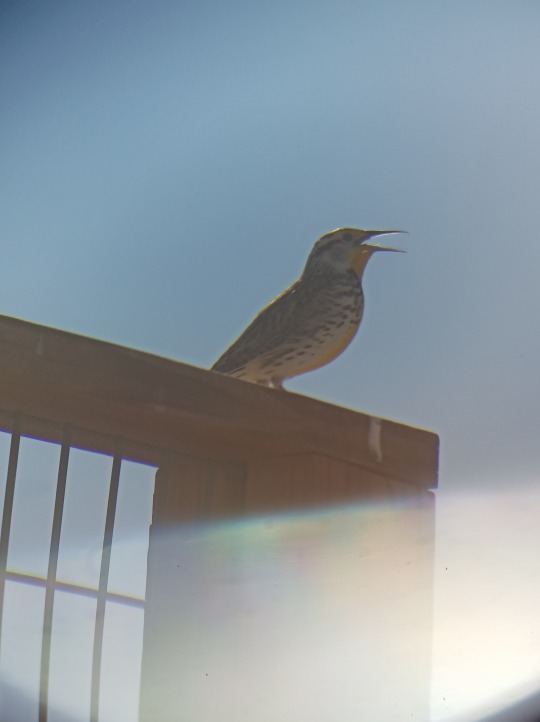
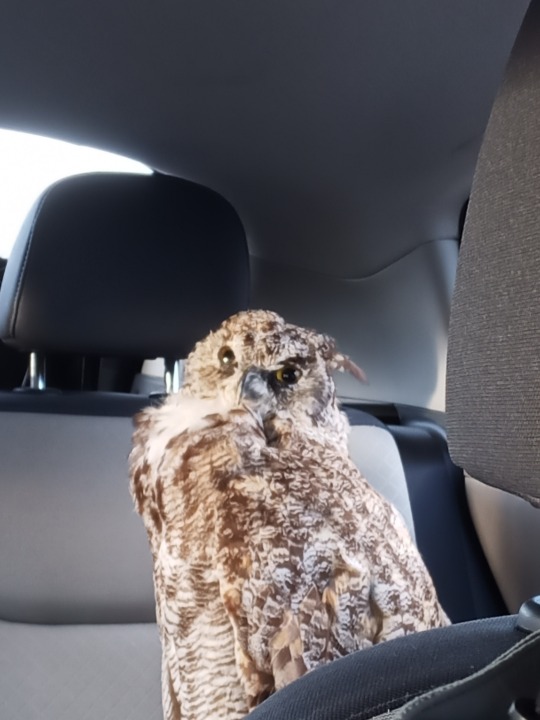
VIBs (Very Important Birds) - Juvenile Red-tailed Hawk, Western Meadow Lark, taxidermied Great Horned Owl. It's that time of year again when strange things start appearing in my car...
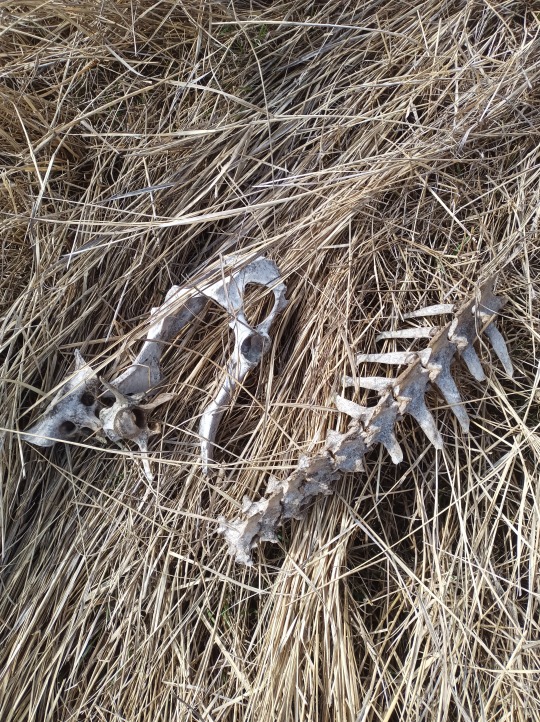

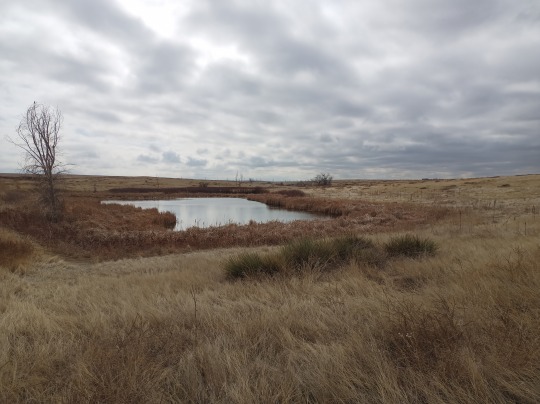

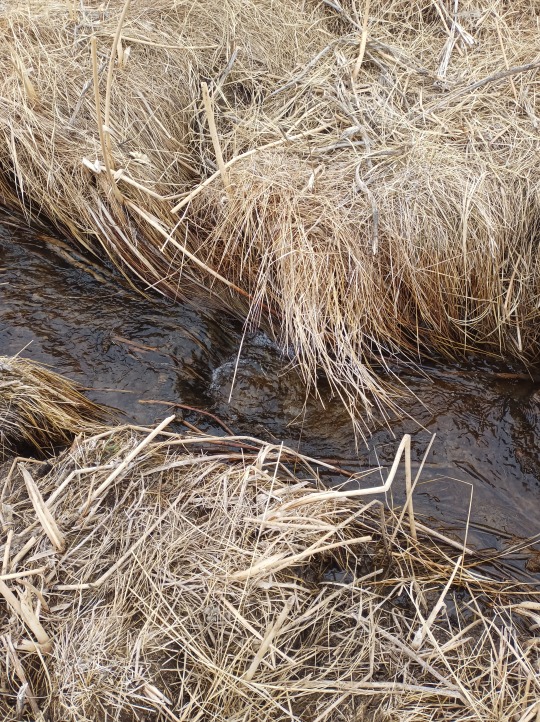
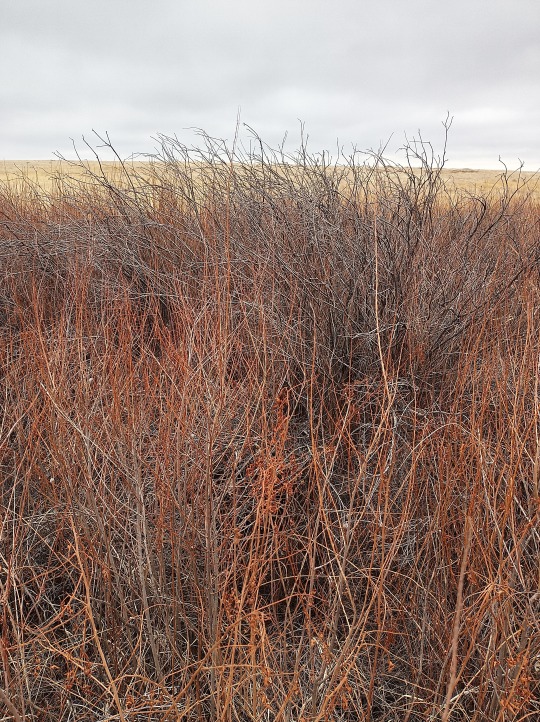


Things on the prairie are very slowly starting to wake up. Got the chance to spend a good chunk of time out of the field this week and not at my desk. Which is my favorite part of the day job. Got to do a bird count earlier in the week and explored for three hours along the creek with a couple of coworkers yesterday to scout for spots to put game cameras. Saw four Northern Harrier Hawks, the Bald Eagles, heard all the Western Meadowlarks, Pronghorn, Prairie Dogs, spiders, one lone grasshopper, and spooked a Coyote out of the Coyote Willow. Also met a couple of new plants too.
I found many treasures; I know what a Willow Pinecone Gall Midge is now, American Licorice reminds me of little Korok maracas, Pronghorn bones, a lovely pink rock. Trying to see if I can actually nature journal more regularly this year too and I've got a couple pages in already!
I'm ready for spring. I've got too many wild gardening schemes.
#aaaand we're back!#spring is slowly creeping in#nature#photography#friday field notes#short grass prairie#little ghost on the prairie
23 notes
·
View notes
Text

By afternoon, the rain had stopped. The sky was a smooth, blue bowl. Meadowlarks flew up from the fields, and daisies and black-eyed Susans bloomed beside the road. Sometimes Kirsten heard a cow moo, but there were long stretches of forest or prairie between farms.
74 notes
·
View notes
Text

Red Cedars on the Move, Eating Up Grasslands.
One of the biggest threats to Great Plains grassland ecosystems today is woody encroachment by invasive redcedars. Once grasslands are converted into woodlands, prairie wildlife species are lost, along with grassy areas for livestock grazing. As new woodland bird and wildlife species move in, they eat and expel the powder-blue cedar berries—and seed the advancing wave of cedars across the prairie. From left to right: pronghorns, Bobolinks, Eastern Meadowlark, cows, Burrowing Owls, Greater Prairie-Chicken, American Robin, Cedar Waxwings.
Illustration by 2023 Bartels Science Illustrator Maria Klos.
17 notes
·
View notes
Text
When Reed Cammack hears the first meadowlark of spring, he knows his family has made it through another cold, snowy winter on the western South Dakota prairie. Nothing’s better, he says, than getting up at sunrise as the birds light up the area with song.
“It’s part of the flora and fauna of our Great Plains and it’s beautiful to hear,” says Cammack, 42, a sixth-generation rancher who raises cattle on 10,000 acres (4,047 hectares) of mostly unaltered native grasslands.
But the number of returning birds has dropped steeply, despite seemingly ideal habitat. “There are quite a few I don’t see any more and I don’t know for sure why,” says Cammack’s 92-year-old grandfather, Floyd. whose family has allowed conservation groups to install a high-tech tracking tower and to conduct bird surveys.
North America’s grassland birds are deeply in trouble 50 years after adoption of the Endangered Species Act, with numbers plunging as habitat loss, land degradation and climate change threaten what remains of a once-vast ecosystem.
Over half the grassland bird population has been lost since 1970 — more than any other type of bird. Some species have declined 75% or more, and a quarter are in extreme peril.
And the 38% — 293,000 square miles (760,000 square kilometers) — of historic North American grasslands that remain are threatened by intensive farming and urbanization, and as trees once held at bay by periodic fires spread rapidly, consuming vital rangeland and grassland bird habitat.
So biologists, conservation groups, government agencies and, increasingly, farmers and ranchers are teaming up to stem or reverse losses.
Scientists are sharing survey and monitoring data and using sophisticated computer modeling to determine the biggest threats. They’re intensifying efforts to tag birds and installing radio telemetry towers to track their whereabouts. And they’re working with farmers and ranchers to implement best practices that ensure survival of their livelihoods and native birds — both dependent on a healthy ecosystem.
“Birds are the canary in the coal mine,” says Amanda Rodewald, senior director of the Center for Avian Population Studies at Cornell University’s ornithology lab. “They’re an early warning of environmental changes that also can affect us.”
15 notes
·
View notes
Text

assorted fragments 04/02/23 // alm
transcript: [& you, golden jackal, / neck tilted toward evening sun
come close: the prairie eats the sun / meadowlark lights down on branch
you rat snake swallowing hearts / follow sunlight to warmth]
24 notes
·
View notes
Text
Some of my Fakemon ideas. If you want to illustrate any of them, go right ahead! Just be sure to tag me so I can see the art! And who knows, maybe I’ll draw some, too!
Chirplume— Bird-of-Paradise Pokémon
Type: Flying, normal
Inspiration: Lawes's Parotia
Etymology: "Chirp" and "plume"
Parotiris— Bird-of Paradise Pokémon (evolved form of Chirplume)
Type: Flying, normal
Inspiration: Lawes's Parotia, King-of-Saxony Bird of Paradise
Etymology: "Parotia" (after the bird-of paradise) and "Iris" (the Greek goddess of the rainbow)
Notes: Has a prehensile tail and head plumes.
Peregyr— Wandering Falcon Pokémon
Type: Flying
Inspiration: Peregrine Falcon and Gyrfalcon
Notes: Can be found in most regions. In certain regions, it has variant forms.
Etymology: "Peregrine" and "Gyr" (after the two real-world falcons that inspired it)
Martree— Pine Marten Pokémon
Type: Grass
Inspiration: American Pine Marten
Etymology: "Marten" and "tree"
Notes: The grass-type starter for my region.
Martenrec— Pine Marten Pokémon (evolved form of Martree)
Type: Grass
Inspiration: American Pine Marten, Lowland Streaked Tenrec
Etymology: "Marten" and "tenrec”
Martamarack— Conifer Pokémon (evolved form of Martespruce)
Type: Grass
Inspiration: American Pine Marten, Lowland Streaked Tenrec
Etymology:"Marten" and "tamarack"
Notes: Has sharp, pine-needle-like spines in its fur, and its tail is completely covered in spines. Not only that, the spines come loose easily, so it's a good defense against predators (and the occasional human).
Melodiark— Seasons Pokémon
Type: Flying, grass
Inspiration: Horned Lark, Western Meadowlark, and Yellow-throated Longclaw
Etymology: "Melodious" and "lark"
Notes: Its throat patch changes color with the seasons.
Eeviave— Evolution Pokémon
Type: Flying, normal
Inspiration: Plain-colored Tanager
Notes: Basically an avian form of Eevee. Has the following evolutions:
Arboriave (grass type)
Flariave (Fire type)
Aquariave (water type)
Glaciave (ice type)
Nyctiave (dark type)
Joltiave (electric type)
Mysticiave (psychic type)
Terestriave (ground type)
Notes: All forms are based on tanagers in the genera Tangara and Stilpnia.
Falcyan— Blue Falcon Pokémon (pre-evolution of Peregyr)
Type: Flying/normal
Inspiration: Peregrine Falcon, Merlin Falcon
Etymology: "Falcon" and "Cyan"
Delphy— Dolphin Pokémon
Type: Water, Psychic
Inspiration: Atlantic Spotted Dolphin, Long-beaked Common Dolphin
Etymology: From the Latin word delphinus, meaning dolphin. The name (and secondary typing as "psychic") is also a reference to the Oracle of Delphi in Greek mythology.
Stenellys— Dolphin Pokémon (evolved form of Delphy)
Type: Water, Psychic
Inspiration: Atlantic Spotted Dolphin, Long-beaked Common Dolphin
Etymology: From the Spotted Dolphin's scientific name, Stenella frontalis.
Prairantler— Pronghorn Pokémon
Type: Grass, electric
Inspiration: Pronghorn Antelope, Thomson's Gazelle
Etymology: "Prairie" and "Antler"
Mantivy— Mantis Pokémon:
Type: Grass, bug
Inspiration: Praying Mantis, bark mantis
Etymology: "Mantis" and "Ivy"
Liturgorsa— Bark Mantis Pokémon (evolved form of Mantivy)
Type: Grass, bug
Inspiration: Praying mantis, bark mantis
Etymology: From Liturgusa, a genus of bark mantids, and "gorse", a thorny plant.
Eeviave's evolutions
Arboriave— Climbing Bird Pokémon
Type: Grass, flying
Distinguishing features: Reversible toe, allowing feet to switch between anisodactyl (3 toes in front and 1 toe in back) for perching and zygodactyl (2 toes forward, 2 toes back) for climbing.
Plumage: Two-toned green head (with short, spiky crest that can be raised or lowered), black chest and back; bright green spot on chest, green markings on wings, tail, and flanks; white belly
Flariave— Firebird Pokémon
Type: Fire, flying
Features: Brilliant red-orange plumage; short crest of flame-feathers. The flame-crest gets bigger when the bird is excited or agitated. Flariave is also usually warm to the touch.
Aquariave— Swimming Bird Pokémon
Type: Water, flying
Features: Waterproof feathers, semi-webbed feet. Also has nictitating membranes (transparent eyelids) that it uses to protect its eyes when diving underwater.
Plumage: Almost identical to Arboriave (its "sibling" evolution) except the green is replaced with blue and instead of a spiky crest, it has a few feathers on the back of its head that stick up.
Glaciave— Snowbird Pokémon
Type: Ice, flying
Features: Pale blue and white/silver plumage, and flight feathers resembling ice crystals. Can survive in colder environments than any of Eeviave's other evolutions.
Nyctiave— Solitary Pokémon
Type: Dark, flying
Features: Jet-black plumage with white belly and a few colored rings (much like Umbreon, with whom it is often seen). It is the only nocturnal evolution of Eeviave, and also the most difficult to find in the wild.
Velociave— Fast Flying Pokémon
Type: Electric, flying
Features: Gold, blue, and black plumage; long, pointed wings and tails. Fastest of all of Eeviave's evolutions. Much like real swallows, it lives in large colonies.
Mystiave— Mystic Bird Pokémon
Type: Psychic, flying
Features: Mostly purple and blue plumage— resembling an amethyst crystal. Also has telekinetic and telepathic powers.
Terrestriave
Type: Ground, flying
Features: Muted brown and orange plumage; long, sturdy legs, and long hind claws for traction. Also has spurs on its wings, which it uses for self-defense.
More ideas
Florafawn— Fawn Pokémon
Type: Grass, electric
Inspiration: Pronghorn antelope fawn
Certhitta— Treecreeper Pokémon
Type: Grass, flying
Inspiration: Brown Treecreeper, Red-breasted Nuthatch
Etymology: From Certhia (the genus name for treecreepers) and Sitta (the genus name for nuthatches)
Notes: Unusually for a bird Pokemon, it has four legs. (The inspiration for this came from the little bird creature in the Botanicula game.) this guy:

Boreowl— Owl Pokémon
Type: Ice, flying
Inspiration: Boreal Owl, Northern Hawk Owl
Etymology: Derived from the Boreal Owl's common name.
Lacertri— Gliding Lizard Pokémon
Type: Grass
Inspiration: Draco Lizard
Etymology: Lacerta (Latin for lizard) and "tree."
Laceratur— Gliding Lizard Pokémon
Type: Grass
Inspiration: Draco Lizard
Etymology: Lacerta (Latin for lizard) and labatur (Latin for glide).
Dendrocerta— Forest Dragon Pokémon (evolved form of Laceratur)
Type: Grass, dragon
Inspiration: Draco Lizard
Etymology: Dentro (Greek for tree) and Lacerta (Latin for lizard.)
Notes: Cannot actually fly, but uses its patagia (flaps of skin on its flanks) to glide hundreds of meters. Trained Dendrocerta will even let humans ride on their backs!
Calypta— Hummingbird Pokémon
Type: Flying, psychic
Inspiration: Costa's Hummingbird
Etymology: From the Latin name of the Costa's Hummingbird: Calypte costae.
Pipeslance— Sharp Beak Pokémon
Type: Flying, steel
Inspiration: Spotted Sandpiper, Northern Lapwing
Etymology: “Pipes” (short for sandpiper), and “lance”, a medieval stabby stick.
Notes: Its beak is as sharp as a dagger, as are the spurs on its wings and legs. You do not want to mess with a nesting colony of these Pokemon.
Gulpa— Bass Pokémon
Type: Water
Inspiration: Largemouth Bass
Etymology: "Gulp" + the letter "a"
Lemair— Sifaka Pokémon
Type: Grass, flying
Inspiration: Verreaux's Sifaka, flying squirrel
Etymology: "Lemur" + "air"
Notes: Like Lacertri, Laceratur, and Dendrocerta, this Pokemon cannot actually fly. Instead, it leaps and glides through the treetops.
Erminator— Ermine Pokémon
Type: Ice, fighting
Inspiration: Ermine
Etymology: "Ermine" + "Terminator"
Batsox— Savannah Fox Pokémon
Type: Ground, grass
Inspiration: Bat-eared fox
Etymology: From the Bat-eared Fox's common name, and from "socks" (a reference to its dark brown paws.)
Eromreven— Mimic Pokémon
Type: Dark, flying
Inspiration: Common Raven
Etymology: “Nevermore” spelled backwards.
Notes: Can convincingly mimic the calls of other Pokemon, and human voices as well.
Xaroc— Raven Pokémon (pre-evolution of Eromreven)
Type: Dark, flying
Inspiration: Common Raven
Etymology: From the Common Raven’s Latin name, Corvus corax. (Corax spelled backwards is “Xaroc.”)
Pipip— Sandpiper Pokémon (pre-evolution of Pipeslance)
Type: Flying, normal
Inspiration: Least Sandpiper, Piping Plover
Etymology: Onomatopoeia of the sandpiper’s calls.
Peregreen— Grass Falcon Pokémon
Type: Grass, flying
Inspiration: Peregrine Falcon, Merlin Falcon
Etymology: "Peregrine" + "green"
Emeralcon— Grass Falcon Pokémon (evolution of Peregreen)
Type: Grass, flying
Inspiration: Peregrine Falcon, Prairie Falcon
Etymology: "Emerald" + "falcon"
Nocterne — Black Tern Pokémon
Type: Dark, Flying
Inspiration: Black Tern, White-winged Tern
Etymology: “Nocturne,” “nocturnal,” and “tern”
Terraptor— Hunter Bird Pokémon
Type: Flying, fighting
Inspiration: Secretary bird (also called the hunter-bird)
Etymology: “Terra” (Latin for “Earth”) and “raptor”
Vuelox— Swift Fox Pokémon
Type: Electric
Inspiration: Swift Fox, Kit Fox
Etymology: From the Swift Fox’s Latin name, Vulpes velox.
Strykthorn— Shrike Pokémon
Type: Flying, fighting
Inspiration: Loggerhead Shrike
Etymology: “Strike” (spelled as “stryk”) and “thorn”
Verdarter— Flycatcher Pokémon
Type: Flying, grass
Inspiration: Verditer Flycatcher, Empidonax flycatchers
Etymology: “Verditer” + “darter”
Embird— Fire Thrush Pokémon
Type: Fire, flying
Inspiration: Varied Thrush
Etymology: "Ember" + “bird”
Notes: The fire-type starter for my region.
Calibender— Clownfish Pokémon
Type: Water
Inspiration: Clownfish
Etymology: a word my friend made up.
Laniorn— Tiny Shrike Pokémon (pre-evolution of Strykthorn)
Type: Flying, fighting
Inspiration: Loggerhead Shrike
Etymology: Lanius, (the genus name for shrikes) and ornis (meaning “bird” in Latin or Greek).
Bufflebird— Buffalo Bird Pokémon
Type: Flying, normal
Inspiration: Brown-headed Cowbird (AKA Buffalo-bird)
Etymology: “Buffle” + “bird”
Notes: Follows hoofed-mammal Pokémon around. The female lays her eggs in the nests of other songbird Pokémon, who raise the chicks as their own.
Auriole— Golden Bird Pokémon
Type: Flying, electric
Inspiration: Baltimore Oriole, Hooded Oriole
Etymology: Aurum (Latin for “gold”) and “oriole”
Tanagem— Tanager Pokémon
Type: Flying, fairy
Inspiration: Golden-hooded Tanager
Etymology: “Tanager” and “gem”
Reiharr— Marsh Pokémon
Type: Flying, ghost
Inspiration: Northern Harrier
Etymology: Anagram of the word "Harrier."
Argentaros— Silver Bird Pokémon
Type: Flying, steel
Inspiration: Silver-backed Tanager
Etymology: Argentum (Latin for silver) and pajaro (Spanish for bird.)
Notes: Is the counterpart of Auriole.
Pescatt— Fishing Cat Pokémon
Type: Water
Inspiration: Fishing cat, European Wildcat
Etymology: Pescar (Spanish for "to fish") and "cat" with an extra T
Notes: One of the three starters for my region. The other two are Lacertri and Embird.
Cheerilee— Robin Pokémon
Type: Flying, normal
Inspiration: American Robin
Etymology: Onomatopoeia of the American Robin's song.
Alithiyx— Truth Pokémon (evolution of Calypta)
Type: Flying, psychic
Inspiration: Marvelous Spatuletail Hummingbird, Plovercrest Hummingbird
Etymology: From the Greek Alitheia, meaning "truth."
Notes: Using its psychic powers, this Pokémon can sense the thoughts and emotions of others.
Lynxie— Lynx Kitten Pokémon
Type: Ice
Inspiration: Canada Lynx
Etymology: "Lynx" + "ie"
Avalynx— Snow Runner Pokémon
Type: Ice
Inspiration: Canada Lynx
Etymology: "Avalanche" + "Lynx"
Notes: Its large paws allow it to effortlessly run across deep snow without sinking.
Hopster— Kangaroo Pokémon
Type: Ground-fighting
Inspiration: Red Kangaroo (joey)
Etymology: "Hop" + "ster"
Rufupod— Kangaroo Pokémon
Type: Ground-fighting
Inspiration: Red kangaroo (adult)
Etymology: “rufous” (reddish) and “macropod” (the taxonomic family that includes kangaroos)
4 notes
·
View notes
Note
got any favorite birds?
I'm a birdwatcher so even though there's lots of birds I've never seen that I love, many of my favorites are going to be ones I have seen irl!
here's a selection of birds that make me really happy to watch, sorted by habitat or general group they belong to.
fav backyard birds: Bushtits and Evening Grosbeaks

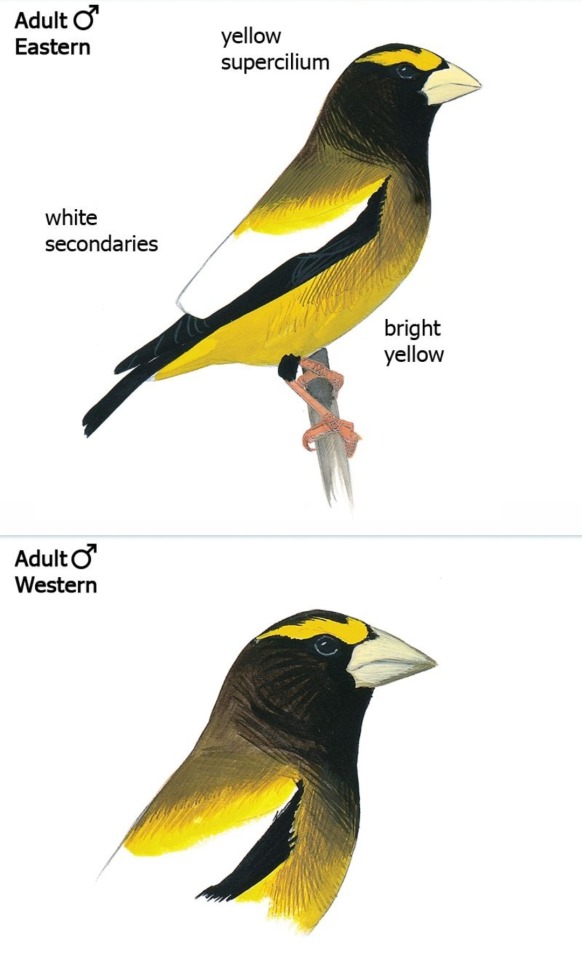
fav shorebird: Killdeer

fav waterfowl: Northern Shoveler & American White Pelican

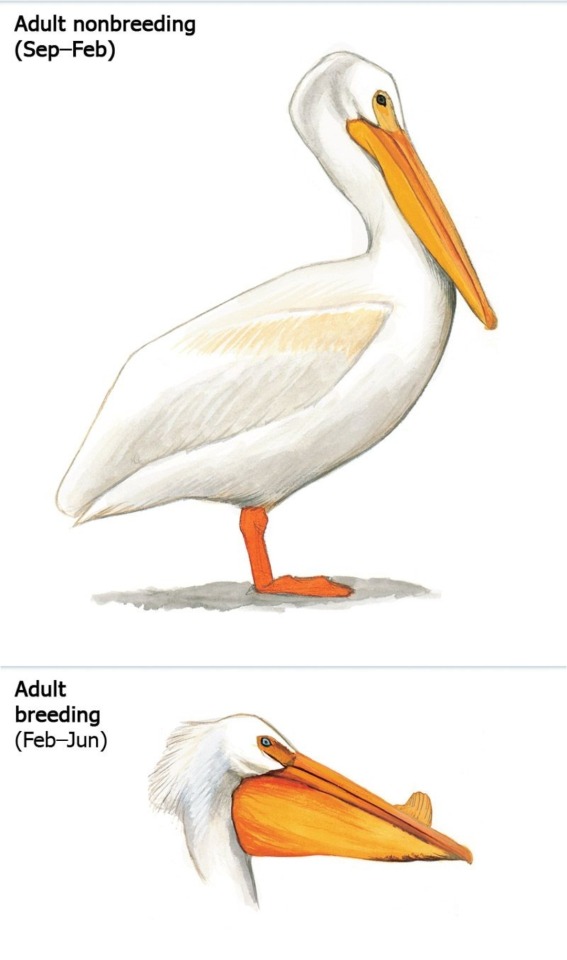
fav prairie bird: Western Meadowlark
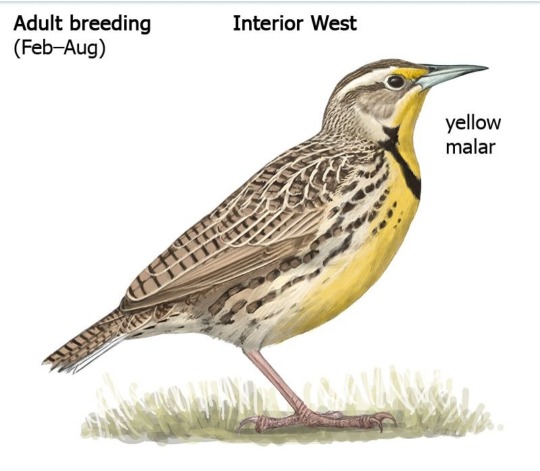
fav raptor: I cannot pick a favorite raptor!! but I have loved seeing Bald Eagles, Great Horned Owls, Swainson's Hawks, and Northern Harriers

other birds I don't know how to categorize that make me smile:
Belted Kingfisher

Black-billed Magpie & Common Raven (corvids are always a hit)


alas...I have hit the image limit...but!! thank you for asking about birds 🥰
all images are from the Sibley bird guide.
12 notes
·
View notes
Text
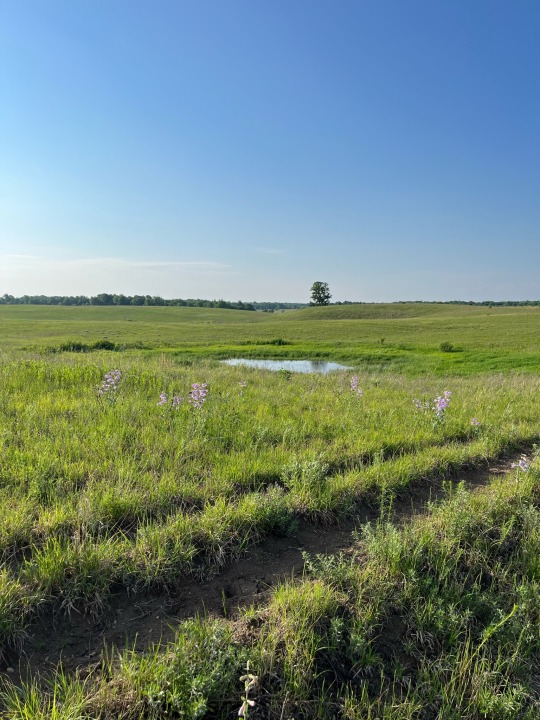
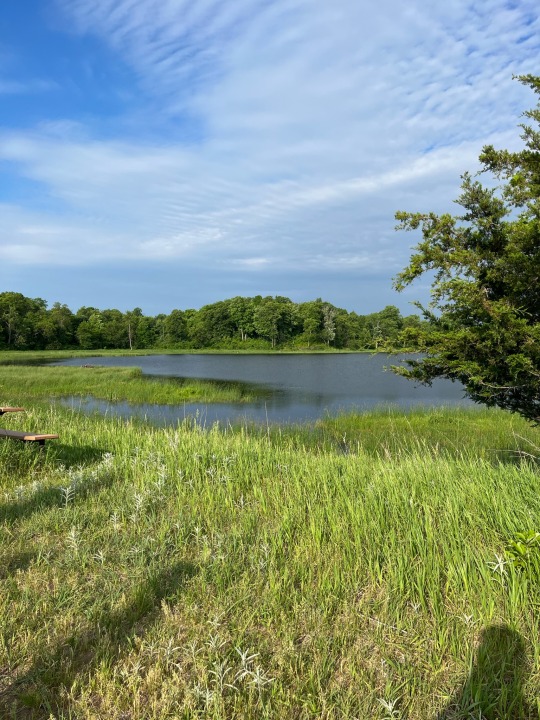
took a walk with a group of birders to find henslows, clay colored, vesper, and field sparrows + blue winged warblers + orchard orioles. it was beautiful on the restored prairie but also so hot and muggy and the mosquitoes are extra strength this year 😅 saw all of the above plus a dickcissel and an acadian flycatcher!!! lots and lots of eastern bluebirds, eastern meadowlarks, eastern kingbirds, grasshopper and savannah sparrows, and common yellowthroats. super good morning :)
3 notes
·
View notes
Note
Can you do a meadowlark/prairie mood board, please?
hope this is ok



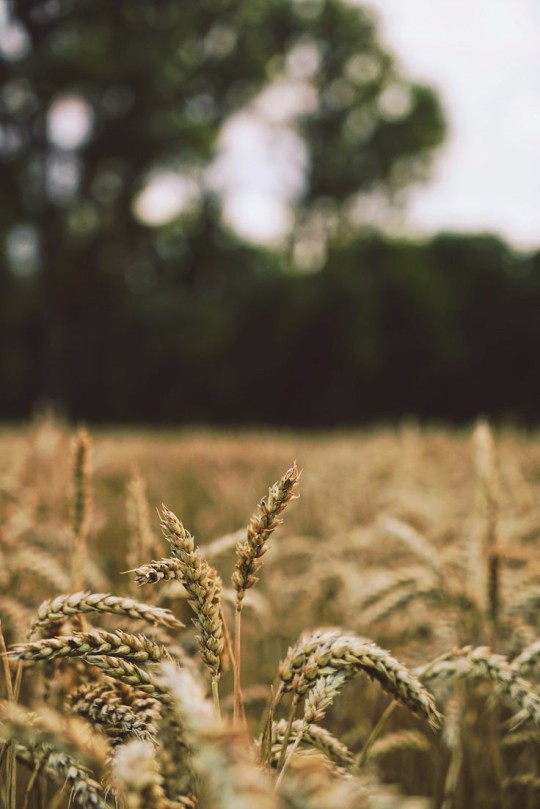

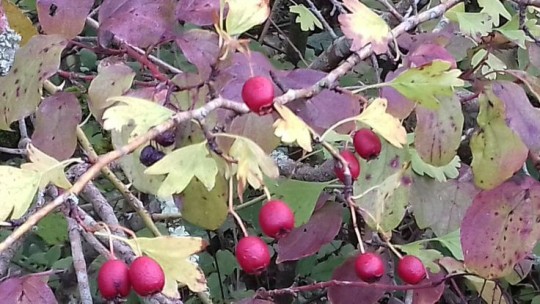
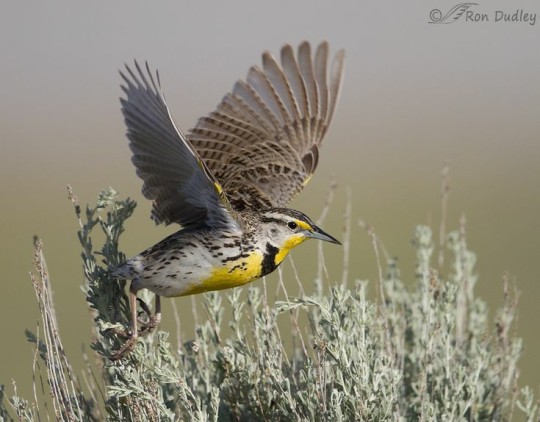


3 notes
·
View notes
Note
💌
you remind me of: messy kitchens, prairies, sunsets at the beach, old grandfather clocks, well-loved terry prachett books, the feeling of finally getting a saturday to do whatever you want and sitting on the couch in sweatpants reading, and meadowlarks
5 notes
·
View notes